Taiwanese oolong tea emphasizes the “one heart two leaves” plucking method, which differs from the bud-only plucking method used in mainland China or Japan. This plucking method is aimed at achieving flavor balance. The bud contains a higher level of catechins, resulting in a more bitter taste, but it also has a higher content of amino acids, which contribute to the tea`s sweetness. Catechins help protect the tender buds from insect damage, while amino acids are essential for growth. Additionally, the buds have more trichomes, which provide resistance to water loss. Mature leaves have a higher sugar content and lower catechin content, resulting in a sweeter taste but less sweetness. Therefore, by plucking one heart and two leaves at a time, a balance of flavor, aroma, and taste can be achieved, and the tea can withstand high-temperature brewing. If only the bud is plucked, it cannot be brewed at high temperatures because excessive catechins from the buds would dissolve, resulting in a bitter taste. Another reason for adopting this method is thriftiness, as it ensures that all the fresh leaves on the tea tree are harvested to avoid wastage.
Additionally, when removing stems from the tea leaves, it is advisable to avoid completely discarding the stems. This is because the stems effectively connect the buds and leaves, a concept known as “branch-leaf unity.” Otherwise, when plucking tea, it`s easy to end up with either too many tender buds or too many mature leaves, leading to flavor imbalance.
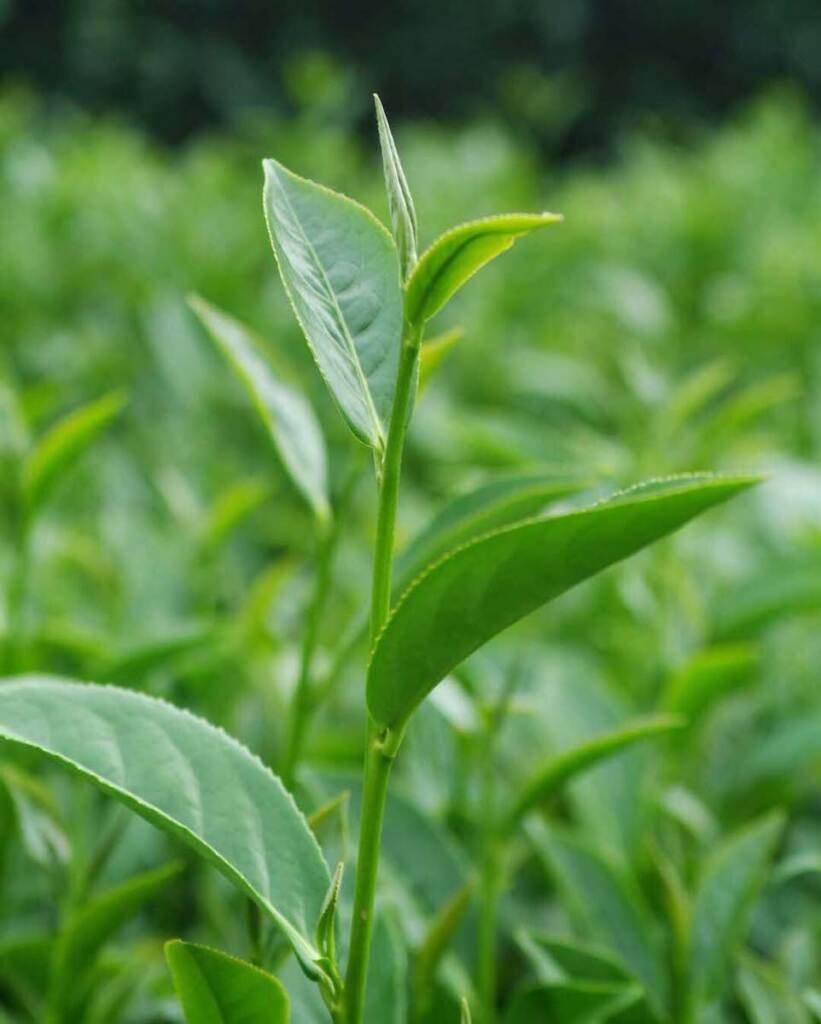

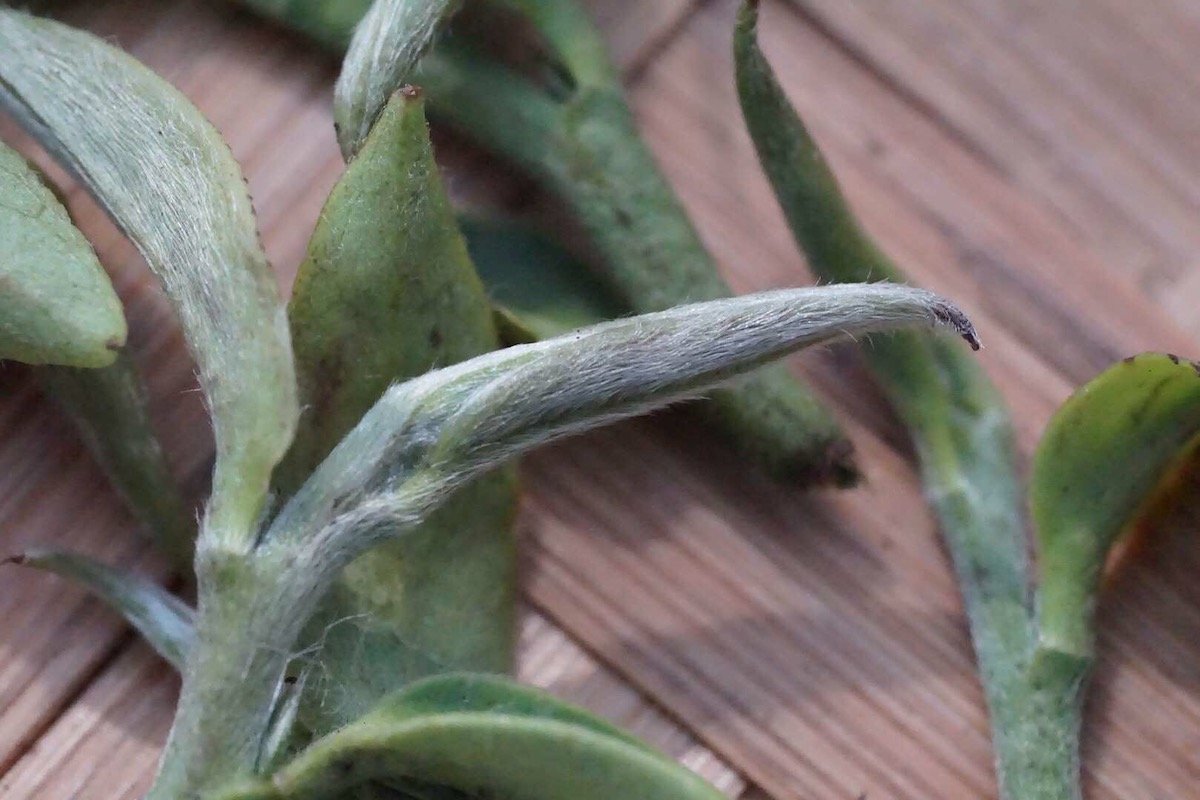
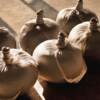
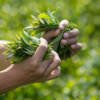
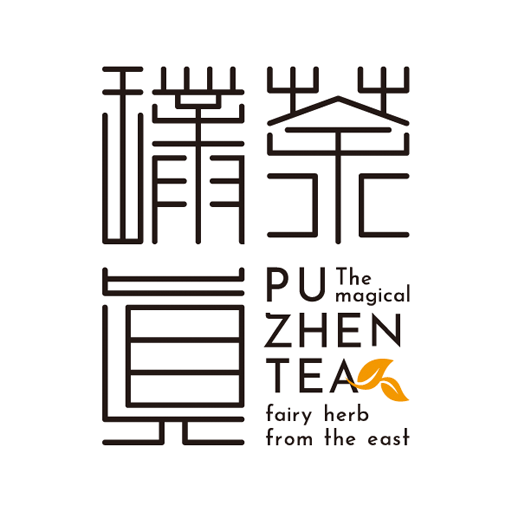
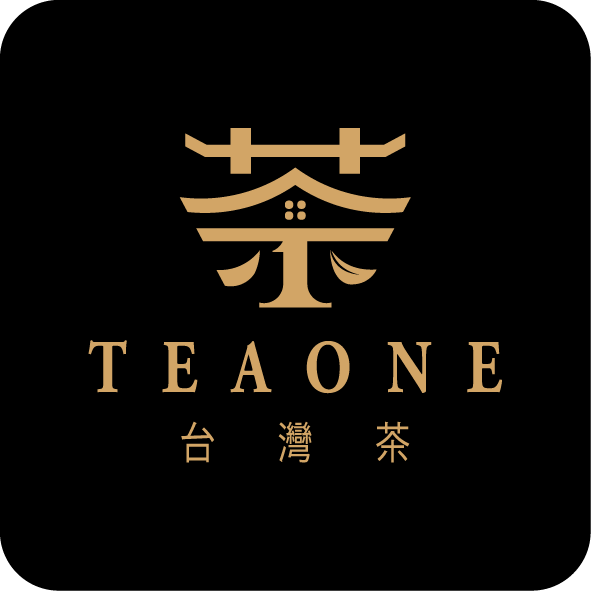
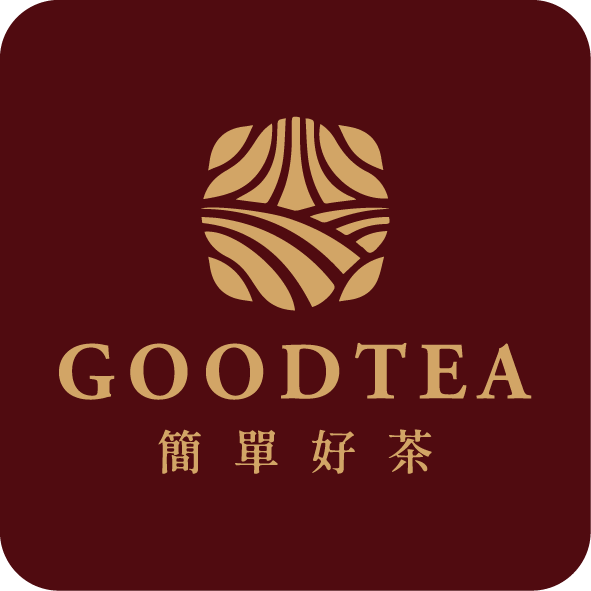
Leave a reply